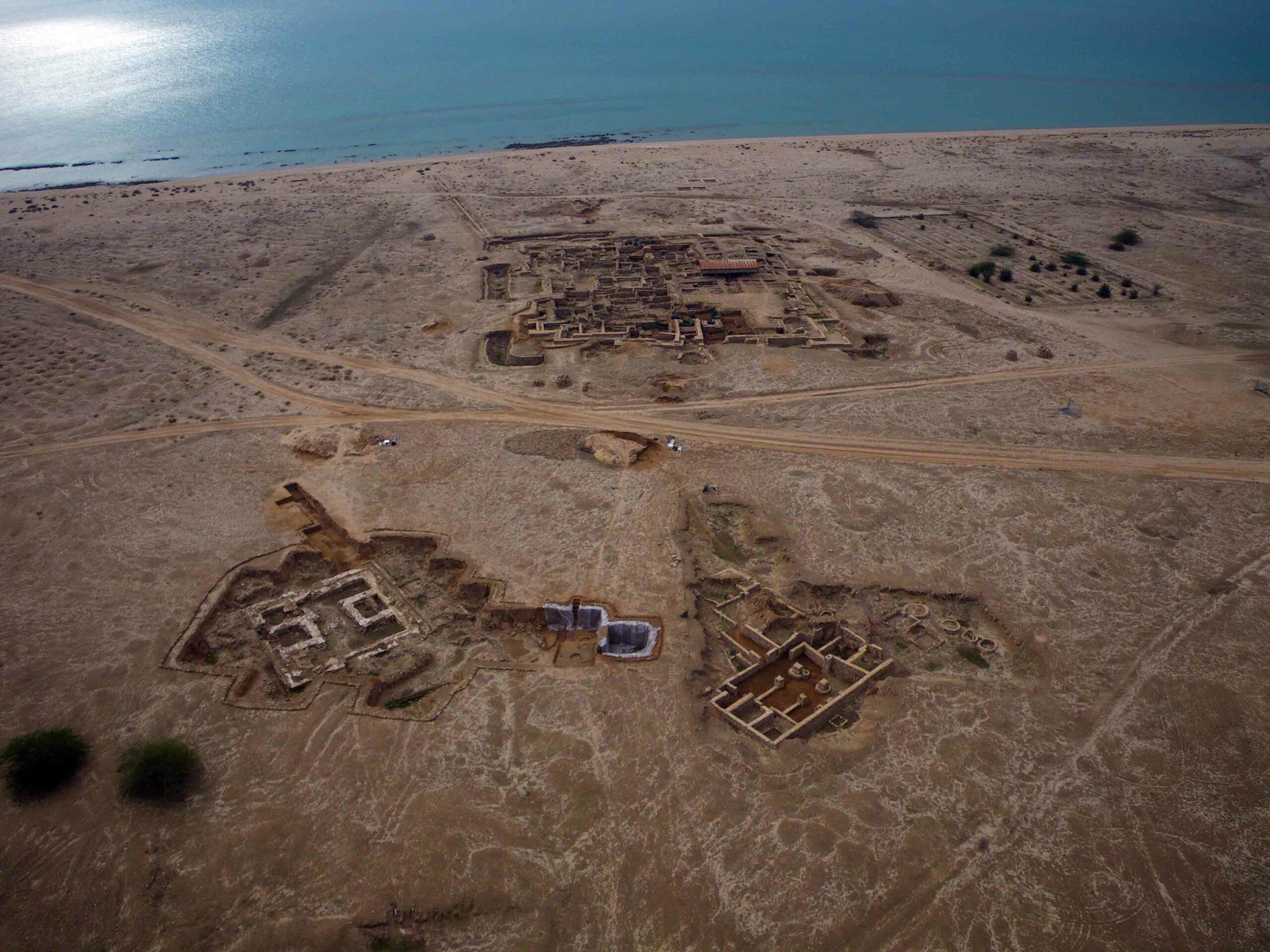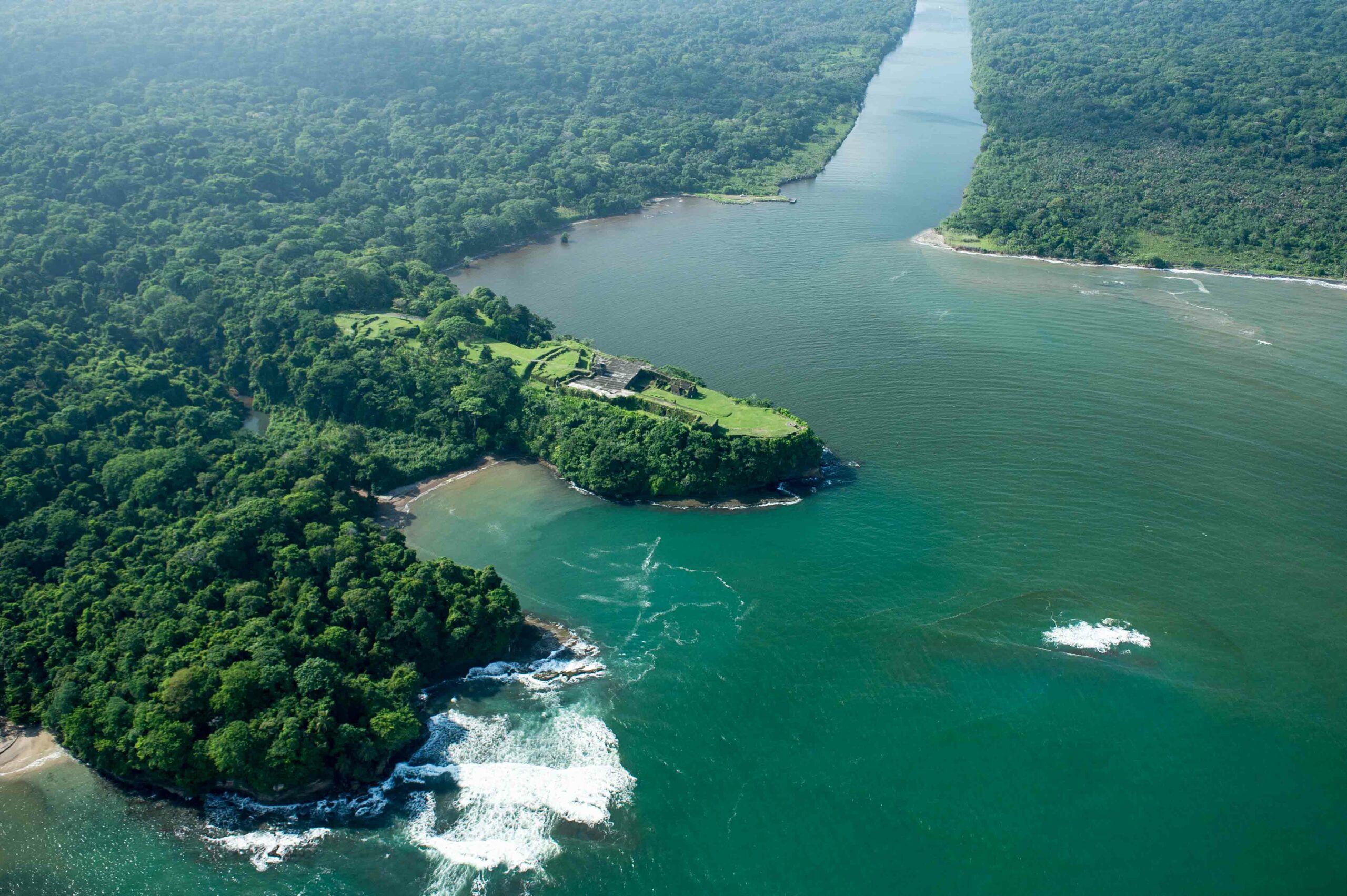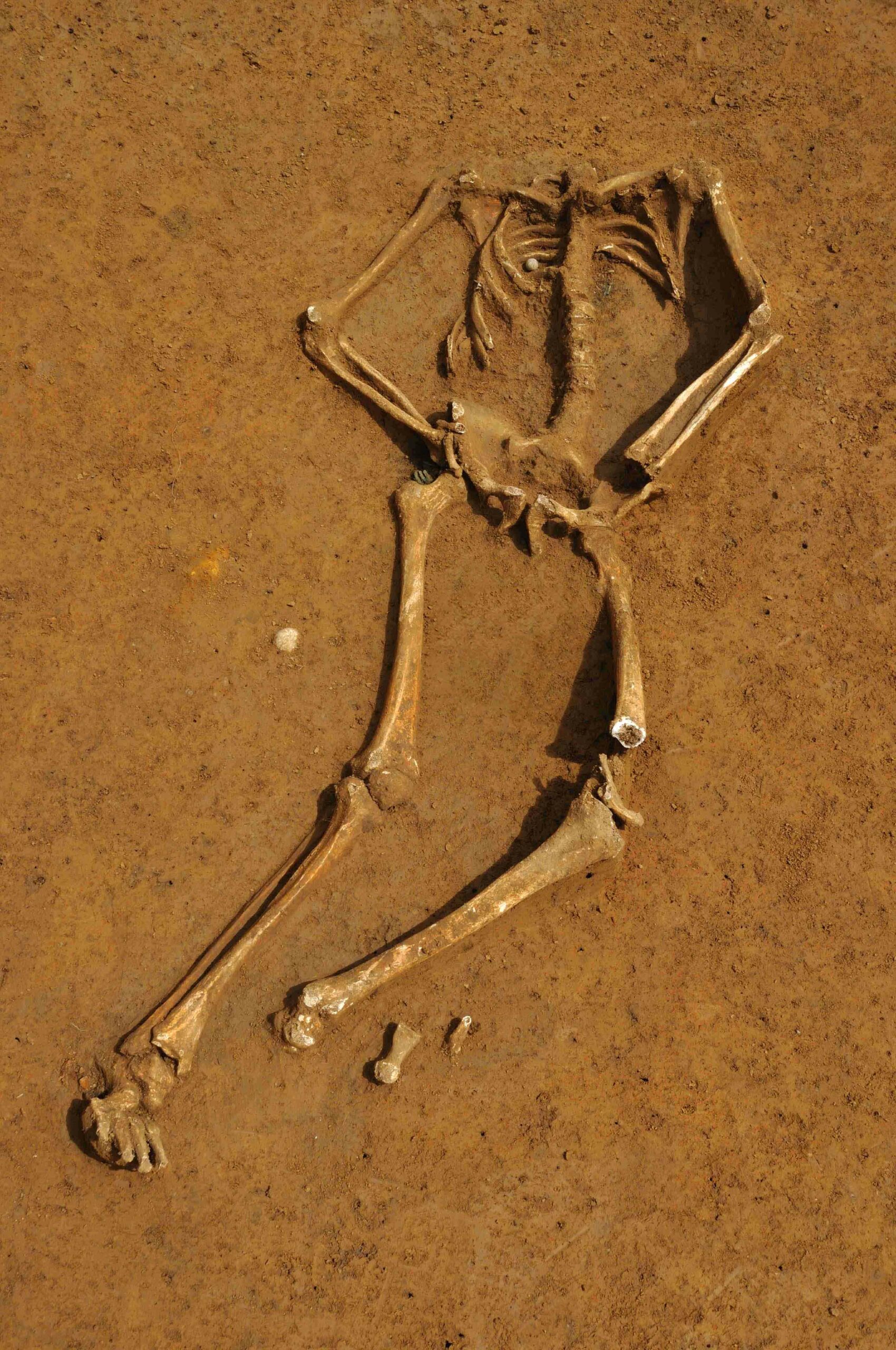
TOKYO, JAPAN—High-resolution CT scans of the only known skull of Homo floresiensis show that the so-called hobbit’s brain was larger than had been previously thought. Using the new information, Japanese scientists carried out a comparative analysis of the ratio of brain to body size, and found that the brains of Homo floresiensis were not out of line with their other hominins. One theory of hobbit origins suggests that they evolved from an early Homo erectus population from Java that moved to the remote island of Flores, where successive generations shrank in stature. “Our work does not prove that erectus is the ancestor of floresiensis. But what we have shown is that it is possible (and counters the argument) by many people that floresiensis’s brain is too small to (be consistent with the view that it is a dwarf form of erectus),” said Yousuke Kaifu of Tokyo’s National Museum of Nature and Science.










